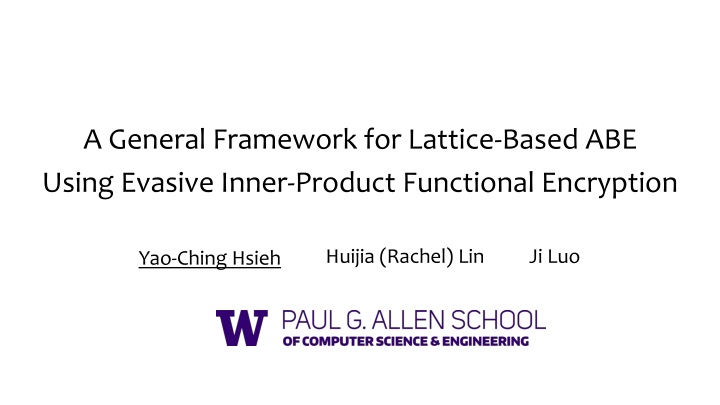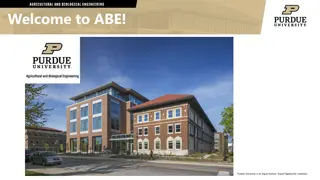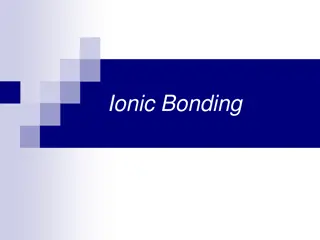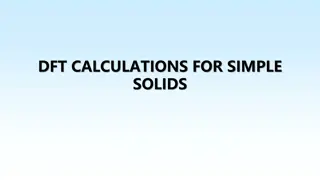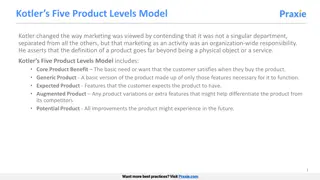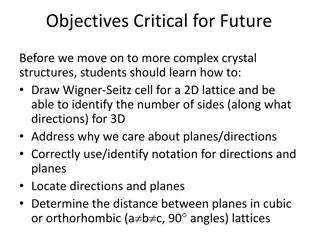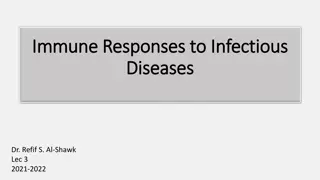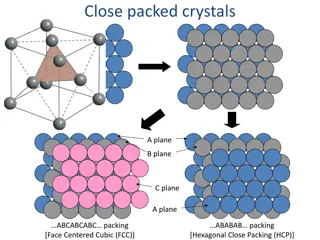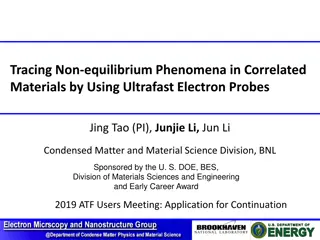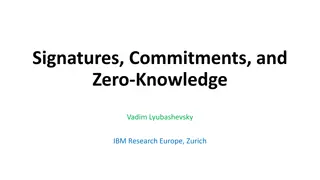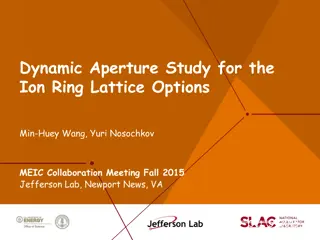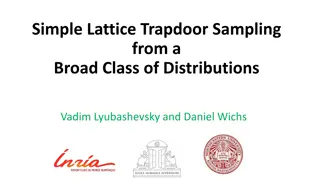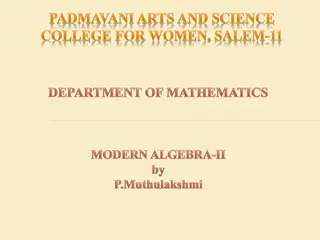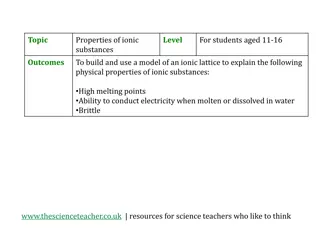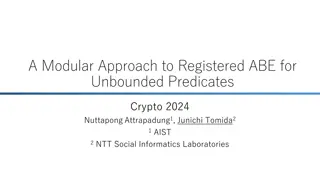Comprehensive Framework for Lattice-Based ABE Using Evasive Inner-Product Encryption
This content delves into a comprehensive framework for Attribute-Based Encryption (ABE) based on lattice structures and evasive inner-product functional encryption. It explores various modalities like Key-Policy ABE and Ciphertext-Policy ABE, along with constructions and assumptions related to Evasive LWE. The content discusses the challenges and contributions in constructing ABE from evasive assumptions, highlighting the security aspects and key results of the proposed framework.
Download Presentation

Please find below an Image/Link to download the presentation.
The content on the website is provided AS IS for your information and personal use only. It may not be sold, licensed, or shared on other websites without obtaining consent from the author.If you encounter any issues during the download, it is possible that the publisher has removed the file from their server.
You are allowed to download the files provided on this website for personal or commercial use, subject to the condition that they are used lawfully. All files are the property of their respective owners.
The content on the website is provided AS IS for your information and personal use only. It may not be sold, licensed, or shared on other websites without obtaining consent from the author.
E N D
Presentation Transcript
A General Framework for Lattice-Based ABE Using Evasive Inner-Product Functional Encryption Huijia (Rachel) Lin Ji Luo Yao-Ching Hsieh
Attribute Based Encryption / ABE ([SW05]) Restricted keys Public string
Modalities Key-Policy ABE Ciphertext-Policy ABE ? : Attribute / Input ? : Policy / Function ? ?,? = ?(?) ? : Policy / Function ? : Attribute / Input ? ?,? = ?(?) Non-uniform Policy Uniform Policy Policy: Variable input function (e.g. TM) Policy: Fixed input function (e.g. circuit) Attribute: Arbitrary length (unknown for system setup) Attribute: Fixed length
ABE constructions Lattice Based ABE Pairing Based ABE Post-Quantum secure Not Quantum Safe Supports all poly-sized circuits Support low-depth circuit Succinct constructions Non-succinct Less is known about CP KP/CP construction roughly transferable Restricted security for uniform model Supports uniform computation Pairing + LWE Evasive LWE
Evasive LWE assumptions ([Wee22],) Rationale : Trapdoor can only be used as supposed. Structural errors are fine as long as samples are pseudorandom with fresh errors. New constructions: CPABE, MAABE, MIABE, WE,
Vanilla ABE from Evasive assumptions [Wee22] Evasive LWE + LWE Succinct CP-ABE for NC1 circuits Succinct CP-ABE for all circuits (with additional assumption) Remaining Challenges CP-ABE for circuits with only LWE + evasive assumption? Lattice-based ABE for uniform policy? Modular Usage of Evasive LWE?
Contribution Modularized Framework of constructing ABE from Evasive LWE! Evasive LWE Evasive IPFE KP/CP-ABE for Succinct CP-ABE for circuits KP/CP-ABE for DFA Noisy LSSS for
Results CP-ABE for circuits Security Function Ciphertext Size Assumptions [AY 20] Secret key Circuits Non-succinct LWE Bounded sized Circuit [AY 20] Public key Non-succinct LWE [Wee 22] Public key NC1 Succinct LWE + evLWE LWE + evLWE + tensor LWE [Wee 22] Public key Circuits Succinct Ours Public key Circuits Non-succinct LWE + evLWE Ours Public key Circuits Succinct LWE + evLWE* * Stronger variant with identical rationale
Results ABE for uniform policy Security Function Modalities Assumptions Bounded Collusion Public key [AS 17] DFA Key-Policy LWE [AMY 19] Secret key NFA Key-Policy LWE [Wee 21] Public key DFA Key-Policy No security proof Ours Public key DFA Key-Policy LWE + evLWE Ours Public key DFA Ciphertext-Policy LWE + evLWE
Recap Our ABE framework Evasive LWE Evasive IPFE KP/CP-ABE for Noisy LSSS for
Recap Our ABE framework Pairing (Standard) IPFE KP/CP-ABE for (Noiseless) LSSS for
Framework for pairing-based ABE Pairing (Standard) IPFE KP/CP-ABE for (Noiseless) LSSS for Inner Product Functional Encryption: Linear secret sharing scheme: Hides u.
Framework for pairing-based ABE Issue: Not many-key secure. Randomness s reused. Inner Product Functional Encryption: Linear secret sharing scheme: Hides u.
Framework for pairing-based ABE Relies on DDH-type rerandomization. Inner Product Functional Encryption: Linear secret sharing scheme: Hides u.
Relax to Noisy LSSS LSSS Noisy LSSS Only support low-depth functions. Supports poly-sized circuits! ([BGG+14])
Noisy LSSS + Lattice-based IPFE? No fresh noise for share and secret. r rT?is not random. Want from IPFE: Fresh noise for NLSSS. Fresh noise for LWE rerandomization
Evasive IPFE Correctness: Fresh Noise Security: Evasive LWE restricted Evasive IPFE ? is required to be the form ?T?for some secret?, which is sufficient for our NLSSS formulation.
Evasive IPFE + NLSSS Want from IPFE: Fresh noise for NLSSS. Fresh noise for LWE rerandomization
Evasive IPFE + NLSSS Approach 1: Flooding Require NLSSS to be low-norm. Low norm (non-succinct) NLSSS for circuits CP-ABE for circuits. Low norm NLSSS for DFA KP-ABE/CP-ABE for DFA. Need extra tweaks leveraging local structures
Evasive IPFE + NLSSS Approach 2: Structured error IPFE directly provides Sufficient if Evasive IPFE can give Gives succinct CP-ABE for circuits Relies on a modified version of evasive LWE The rationale of the assumption is the same!
Open problems Unbounded depth CP-ABE? Our NLSSS for DFA comes from known LSSS More NLSSS beyond NC? NLSSS for NFA? More applications for Evasive IPFE?
